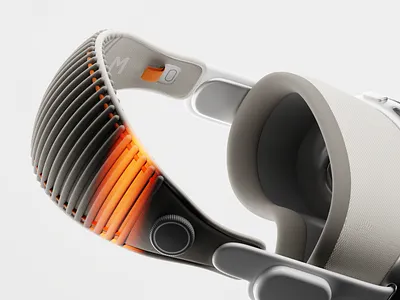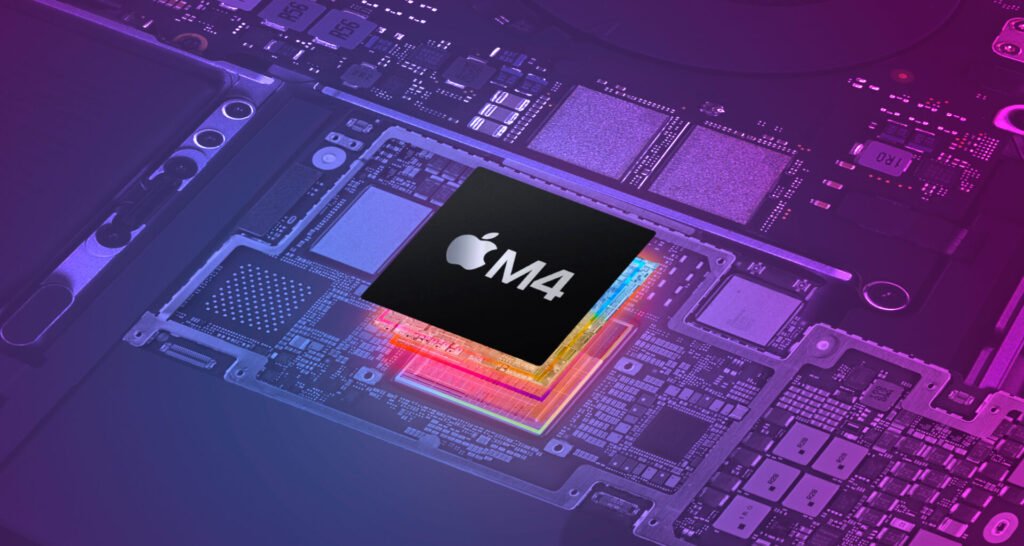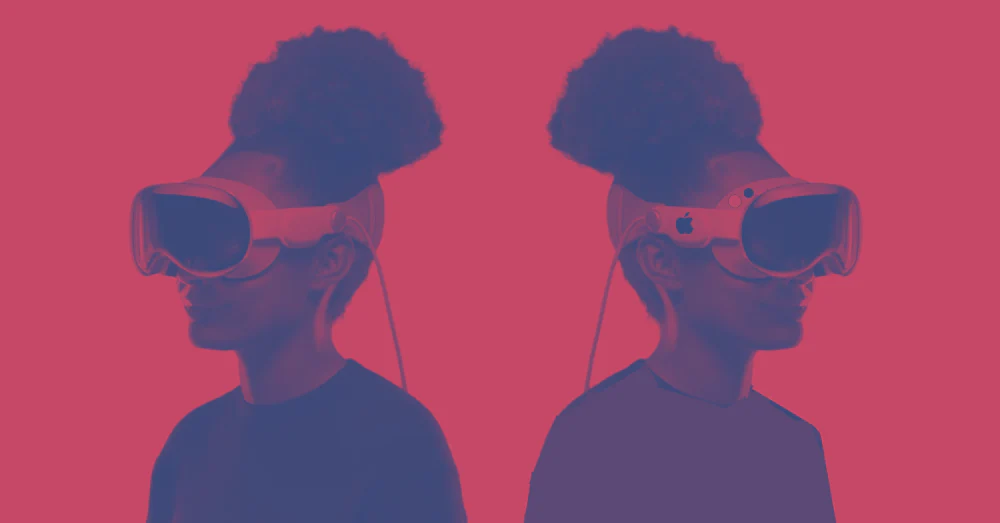Apple Prepares Powerful Vision Pro 2 Update as It Tries to Save Its Mixed-Reality Ambitions

Apple is gearing up to launch its first major update to the $3,499 Vision Pro headset, a device that was hailed as a revolutionary leap in computing when it debuted in early 2024. Yet despite the fanfare, Vision Pro has struggled to find mass appeal. The headset, which blends augmented and virtual reality through a system Apple calls “spatial computing,” has drawn criticism for its bulkiness, steep price tag, and lack of must-have apps. Now, with an upgrade coming as early as late 2025, Apple hopes to reignite interest and set the stage for a smarter, more comfortable mixed-reality future.
Table of Contents
What’s New in the Vision Pro 2 Update?

According to insiders familiar with the matter, the second-generation Vision Pro will receive several critical upgrades aimed at performance, comfort, and usability. The update will reportedly include:
- M4 chip: Replacing the M2 chip in the original model, the M4 will significantly boost performance and improve efficiency. This is the same chip powering the latest iPad Pro and MacBook Pro.
- Upgraded Neural Engine: A core feature of the Vision Pro is its real-time AI processing. Apple is testing higher-core-count versions of its neural engine to enhance AI-driven features like gesture recognition, eye tracking, and spatial environment awareness.
- New Head Strap: One of the most common complaints about the Vision Pro is physical discomfort, especially during long use sessions. Apple is developing a redesigned head strap intended to reduce neck strain without making the headset significantly lighter.
While these improvements are incremental, they are crucial for increasing adoption among corporate users, developers, and Apple loyalists who are waiting for refinements before investing in the platform.
Vision Pro 2 Update: The M4 Chip and Performance Leap
One of the most anticipated features of the Vision Pro 2 is the M4 chip, a huge step up from the aging M2. First introduced in the 2022 MacBook Air, the M2 is now three generations behind Apple’s latest silicon. The new M4 chip promises:
- Faster on-device machine learning
- Improved power management
- Better support for advanced graphics in mixed-reality environments
- Lower latency for real-time applications
Given that Vision Pro relies on intense computation to render digital overlays onto real-world views, the bump in processing power could unlock smoother visuals, faster app launches, and more realistic spatial experiences.
Smarter Mixed Reality with Vision Pro 2’s Upgraded Neural Engine
The enhanced Neural Engine isn’t just about speed, it’s about enabling richer, more dynamic interactions. In the current Vision Pro, AI helps determine spatial relationships, track user movement, and manage real-time image processing. Apple’s tests with increased AI core counts suggest that the new headset will:
- Respond more naturally to user gestures and gaze
- Dynamically adjust virtual environments for better immersion
- Improve voice recognition and Siri integration in 3D spaces
These upgrades will especially appeal to developers building immersive learning, design, and collaboration apps.
Comfort Fixes in Vision Pro 2 Update
Weighing in at around 1.4 pounds, the first-gen Vision Pro can cause neck strain and pressure headaches after just 30 minutes of use. Apple hopes to fix that with a redesigned strap that better distributes weight without fundamentally changing the hardware size.
Currently, Vision Pro ships with two strap options:
- A standard wraparound band
- A top-and-back strap system for added support
Neither has fully solved the problem, prompting third-party companies to develop alternative support systems. Apple’s internal solution is said to be softer, more flexible, and ergonomically optimized for long sessions of work or entertainment.
Pricing Strategy: Why Apple Won’t Cut Costs Yet
Despite its mixed reception, Apple is unlikely to slash the Vision Pro’s price for this update. Instead, the company is focused on refining the user experience for a niche market: professionals, developers, and early adopters. Broader affordability will come later, likely in 2027, when Apple aims to release a significantly lighter and cheaper Vision Pro model, codenamed N100.
Design for the N100 is expected to be finalized next year. The device will focus on:
- Mass-market appeal
- Better comfort for extended use
- More aggressive pricing (expected to fall below $2,000)
visionOS 26 Arrives with Vision Pro 2 Update

Coinciding with the Vision Pro 2 release will be visionOS 26, an updated operating system that introduces key features:
- Virtual widgets that hover in real space
- Eye-scroll navigation that lets users scroll content with just eye movement
- New developer APIs for richer 3D content
These features aim to make everyday interactions with the headset feel more natural, boosting utility beyond demos and niche use cases.
App Ecosystem and Vision Pro 2’s Success
One of the biggest hurdles facing Vision Pro is its app ecosystem, or lack thereof. Without compelling, exclusive apps, the device struggles to differentiate itself from other high-end AR/VR systems.
So far, developers have complained about:
- Lack of clear monetization models
- Steep learning curves for 3D interface design
- Limited documentation for spatial app development
By improving hardware, software, and developer tools simultaneously, Apple hopes to jumpstart the next wave of “killer apps” that can make the Vision Pro truly indispensable.
Apple’s Broader Headset Lineup Beyond Vision Pro 2
While Vision Pro is Apple’s flagship mixed-reality device, it’s not the only one in development. Other projects include:
- N107: A now-paused Mac-connected headset designed to serve as a virtual monitor for desktops
- Enterprise Headset: A tethered AR/VR model focused on low-latency, high-performance corporate use cases
- AR Glasses: Apple’s long-term goal. Unlike Vision Pro, these would use real glass instead of pass-through cameras, superimposing digital content directly onto a user’s view
Apple still hopes to launch its AR glasses before the end of the decade, although this remains one of the most technically challenging projects in its history.
Vision Pro 2 vs Meta and Samsung: A Competitive Snapshot
Apple isn’t alone in this space. Competitors are moving fast:
- Meta has released multiple iterations of its Quest headset, and its Ray-Ban smart glasses are gaining popularity for casual use.
- Samsung will launch a lighter, cheaper Vision Pro rival codenamed Moohan in late 2025.
- Meta’s Oakley smart glasses are targeting fitness and lifestyle users.
Meanwhile, Meta is reportedly on track to release its first true AR glasses in 2027, possibly beating Apple to the punch in the mainstream AR market.
Leadership Shuffle: Who’s in Charge Now?
Earlier this year, Apple reorganized its Vision Pro team:
- Mike Rockwell, the device’s original lead, stepped down to focus on Siri and visionOS
- Hardware and software teams were split into separate divisions for better focus and agility
This change suggests Apple is doubling down on fixing core issues in the product line while maintaining a long-term vision for wearable computing.
Final Thoughts: Is Vision Pro 2 Update Enough to Save Apple’s Mixed Reality Ambitions?
The upcoming Vision Pro 2 is less of a revolution and more of a smart course correction. Apple knows it can’t afford another lukewarm response, especially with rivals advancing quickly and the public still undecided about the future of spatial computing.
What’s clear is this: Apple remains committed to winning in the AR/VR race. Whether through comfort tweaks, neural engine upgrades, or bold new form factors in 2027, Vision Pro isn’t going away, it’s just getting started.

